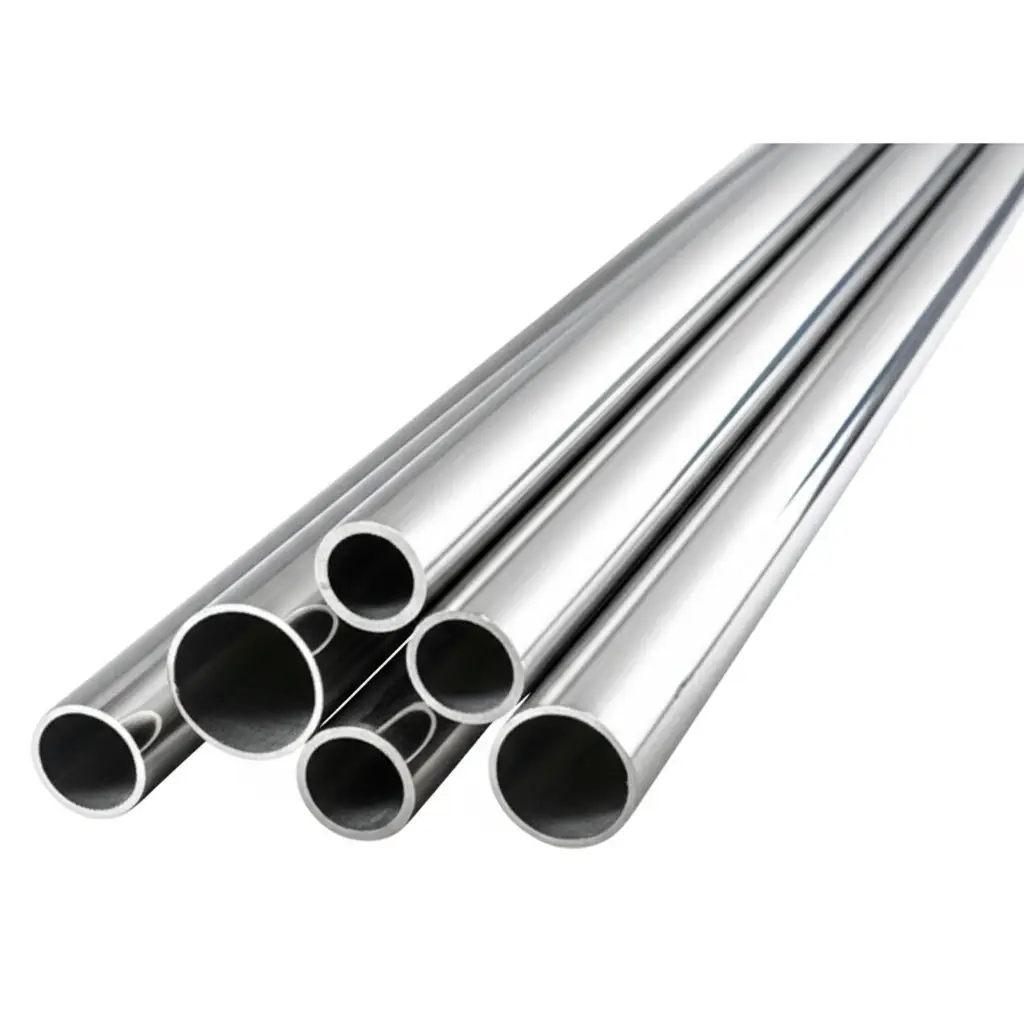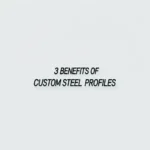Stainless Steel Bright Tubes: Uses & Tips
Stainless steel bright tubes are precision-engineered components widely used across industrial sectors due to their superior surface finish, dimensional accuracy, and corrosion resistance. These tubes undergo a specialized bright annealing process, resulting in a smooth, reflective surface that enhances both aesthetic and functional performance. This article explores the critical aspects of stainless steel bright tubes, including technical specifications, applications, and best practices for selection and use.


Key Insights
- Surface Finish: Bright tubes feature a surface roughness (Ra) typically between 0.2–0.8 µm, achieved through cold drawing and bright annealing, minimizing friction and particulate buildup.
- Material Grades: Common grades include 304/304L (general-purpose), 316/316L (enhanced corrosion resistance), and 321 (stabilized for high-temperature applications).
- Tolerances: Bright tubes offer tighter dimensional tolerances (e.g., ±0.05 mm on OD/ID) compared to standard pickled tubes, ensuring compatibility with precision systems.
- Corrosion Resistance: The chromium oxide passive layer is optimized during bright annealing, improving resistance to pitting, crevice corrosion, and chemical attack.
- Cleanability: The smooth surface meets stringent hygienic standards, making these tubes ideal for pharmaceutical, food processing, and semiconductor industries.
Technical Considerations
Manufacturing Process
Bright tubes are produced via cold drawing followed by bright annealing in a controlled inert atmosphere (e.g., nitrogen or argon). This process prevents oxidation, preserves the chromium-rich passive layer, and eliminates the need for post-annealing pickling. Post-annealing straightening and polishing ensure dimensional consistency and surface integrity.
Specifications
Key parameters to evaluate include:
- Wall Thickness: Ranges from 0.5 mm to 12 mm, with thinner walls suitable for high-pressure applications.
- Outer Diameter (OD): Typically 3–219 mm, with precision up to ±0.05 mm.
- Mechanical Properties: Tensile strength (515–620 MPa) and yield strength (≥205 MPa) vary by grade and heat treatment.
- Surface Quality: Must comply with ASTM A270 (sanitary) or ASTM A249 (boiler/heat exchanger) standards.
Quality Assurance
Inspect for surface defects (scratches, pits, or discoloration), ovality, and straightness. Non-destructive testing (e.g., eddy current or ultrasonic) should verify internal integrity. Request mill test certificates (MTCs) confirming material composition and mechanical properties.
Applications
Bright tubes are critical in:
- Pharmaceuticals: Fluid transfer in sterile environments (e.g., bioreactors, injectables) due to their non-reactive, cleanable surfaces.
- Food & Beverage: Dairy, brewing, and dairy processing lines where hygiene and corrosion resistance are paramount.
- Semiconductor: Ultra-pure gas delivery systems requiring minimal outgassing and particulate generation.
- Automotive: Fuel injection systems, exhaust sensors, and hydraulic lines requiring precision and durability.
- Heat Exchangers: High-efficiency thermal transfer in chemical processing and HVAC systems.
Conclusion
Stainless steel bright tubes offer a combination of precision, durability, and corrosion resistance, making them indispensable in high-performance applications. Selecting the appropriate grade, verifying manufacturing specifications, and adhering to quality standards are critical for long-term reliability. For B2B procurement teams, partnering with ISO-certified suppliers and conducting rigorous incoming inspections ensures optimal performance and compliance with industry requirements. When specified correctly, bright tubes deliver unmatched value across demanding industrial environments.
Stainless Steel Bright Tubes: Uses & Tips — This article provides a practical buyer‑focused overview with specifications, selection tips, and on‑site considerations. Explore related topics: blog.
Key Specifications and Standards
- Standards: ASTM / EN / JIS (e.g., ASTM A240/A36, EN 10088/10025, JIS G4304/G3131).
- Surface options: 2B, BA, No.4, HL, mirror; galvanized (electro / hot‑dip).
- Processing: hot‑rolled, cold‑rolled, annealed & pickled, welded or seamless.
- Typical services: slitting, shearing, cut‑to‑length, drilling, beveling, deburring.
- Documentation: MTC, CO, packing list with net/gross weight and heat numbers.
Typical Applications
Construction, machinery, automotive, energy, enclosures and fencing, food equipment (for stainless), and general fabrication. Match grade and finish to corrosion, strength, and appearance requirements.
Selection Guide
- Use certified material with Mill Test Certificate (MTC).
- Confirm standards (ASTM/EN/JIS) and tolerances per drawing.
- Match surface finish to application (2B/BA/No.4/galvanized).
- Specify dimensions and acceptable deviation upfront.
- Plan packaging and corrosion protection for transit.
Processing, Packaging and Logistics
We adopt edge protection, waterproof wrapping, rust‑inhibiting paper, fumigated pallets, and strapping suitable for sea freight. Loading photos and weight lists are provided for each shipment.
FAQs
Q: What lead time can I expect?
A: Typically 7–15 days ex‑works for standard sizes; custom processing may extend the schedule.
Q: Can you provide cut‑to‑size service?
A: Yes. We slit, shear, cut, drill, bevel and deburr to drawing to reduce waste and speed installation.
Q: How do you ensure quality?
A: Incoming inspection, process control, and final inspection with traceable heat numbers; third‑party inspection is available.
Q: Do you support small trial orders?
A: We support pilot quantities with consolidated shipping to control cost.
All values are typical and for guidance only; confirm with the datasheet and purchase order before production.
Related products: view details.
Related products: view details.





